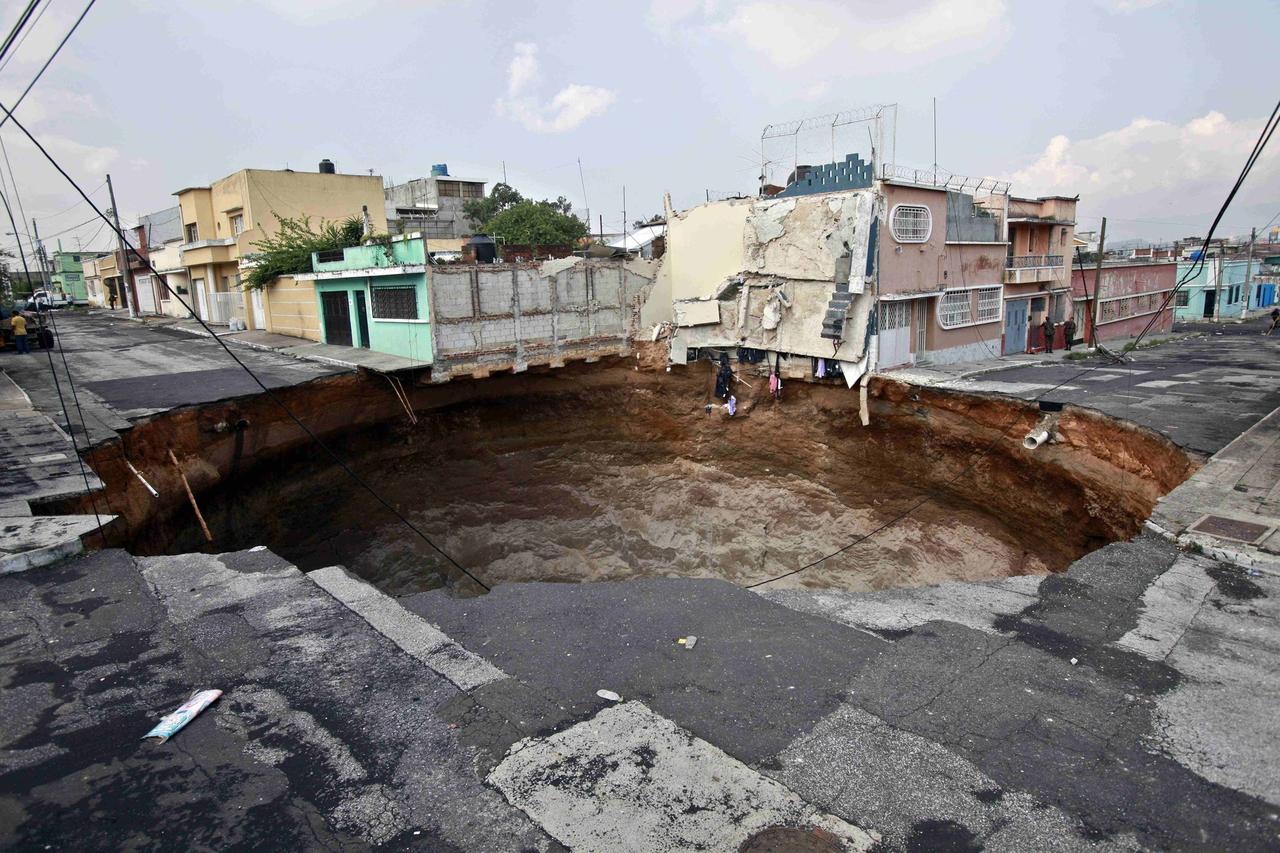It has been written that a good house should be built on rock, not sand. However, sometimes there’s not a whole lot of choice about where one can build a house. Other times, what may once have seemed to have been stable ground may have been rather unsteady after all. This usually being right after the family home has completely vanished into a sinkhole that mysteriously appeared while you were at work. Subsurface voids are a major concern for buildings across the country, and can be a very expensive end to homes and businesses of all stripes.
How Subsurface Voids Are Formed
Pure and simple, there is no single reason for a subterranean cavity to form. Whether manmade or natural, voids can form under a variety of conditions at varying rates. As well as underground voids, there are also sinkholes, which are holes that have been covered with a soft rock such as limestone. For ease, we’ll treat sinkholes and subsurface voids as similar conditions.
The most common form of subsurface cavity, however, does usually occur naturally, often in spots where underground water deposits have slowly drained away, or natural caves have become buried. As the soil forming the roof of the void is disturbed and weakened, the cave can eventually collapse and form a depression in the soil above it.
Man-made causes for underground holes are usually found in places where there used to be a landfill. As the trash decays away, it leaves a cavity behind much in the same way an underground lake does as it drains. Underground pipes and drains can also create cavities if the pipes in question break away and fragment. Old basements and cellars are also an example of how a subsurface void can be formed artificially.
How They Can Damage Your Property
Despite how it may seem to a casual observer, the ground is not actually motionless. It moves minutely all the time, whether it is due to vibrations from traffic above ground, or the gradual shift of continents along the Earth’s liquid mantle. All this movements disturb the soil, and as its disturbed the walls of underground holes collapse in on themselves. Often this is relatively harmless and barely noticed by the world at large, however sometimes these subterranean shifts can severely sabotage standing structures.
Referred to as subsidence, the gradual depression and movement of the soil can place enormous strain on the foundations of your buildings and eventually cause them to shift. The most famous example of loose soil causing movement in a building’s foundations is the Leaning Tower of Pisa, which until very recently has been gradually shifting further and further to one side. In most cases, the stresses of such a tilt to a building can quickly cause parts of the structure to buckle and collapse, usually starting with the windows and eventually continuing to support beams and struts.
It is easy to spot where a sinkhole or underground hole may be forming merely by examining the surrounding soil. If there appears to be a depression growing on the surface of the ground, pooling rainwater on the ground, cracks appearing in the walls, sloping floors, stairs pulling away from the foundations, or previously unseen parts of the foundations being exposed, then chances are you’re looking at a subterranean cavity. If you are uncertain, poke a rod into the ground and leave it for a day or two. If there is a sinkhole, the rod will be sinking in with it. A more advanced way is to use ground penetration radar, which can be used to detect all kinds of cavities and other hidden objects buried deep in the earth.
In extreme cases, the building may eventually start to collapse in on itself, and doubtlessly you’ve already heard stories of entire city blocks going missing in a sinkhole. Such incidents are exceedingly rare. However, the damage caused by even relatively small subsurface voids can be immense in terms of cost. Further, the longer the void is present, the more expensive the cost of repairs to the afflicted buildings will become.
Get Expert Help
If you do wind up with a subsurface void on your hands, the only thing you can do is ask for professional help. There are numerous businesses that are capable of filling in underground cavities to prevent them from causing further damage, as well as providing means for protecting your buildings from any further side effects of shifting foundations. This can be done on your own, but in all such cases it is often simply more prudent for an expert to do it. This is a safer guarantee for good results.
Christian Mills, the author, does everything he can to keep his home in perfect shape, checking everything from the roof to the foundations. When checking the foundations, he sometimes requires equipment that he just doesn’t have, as recommends visiting weinspecttexas.com for expert building inspectors equipped with ground-penetrating radar. You can learn more about Christian on Google+.

